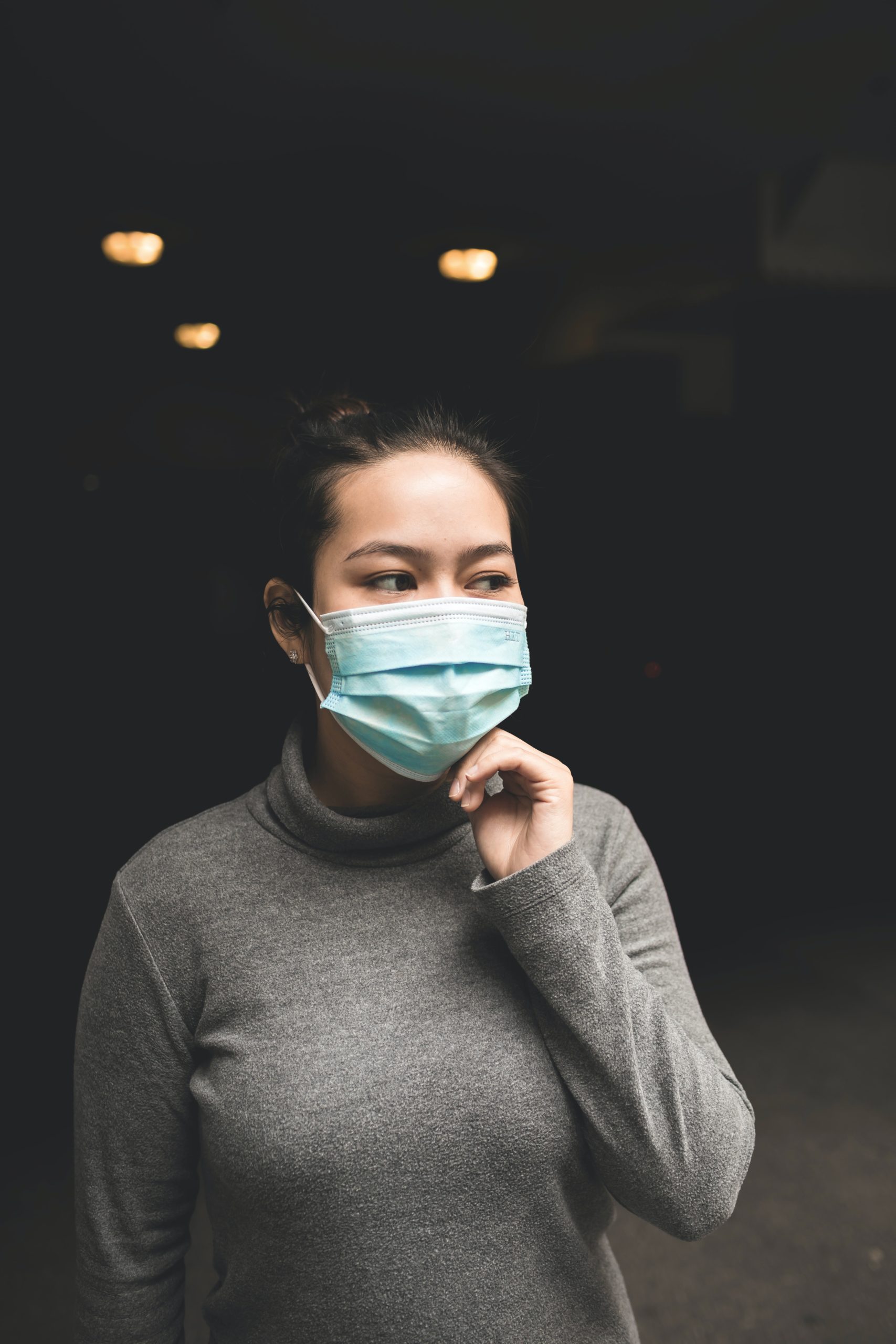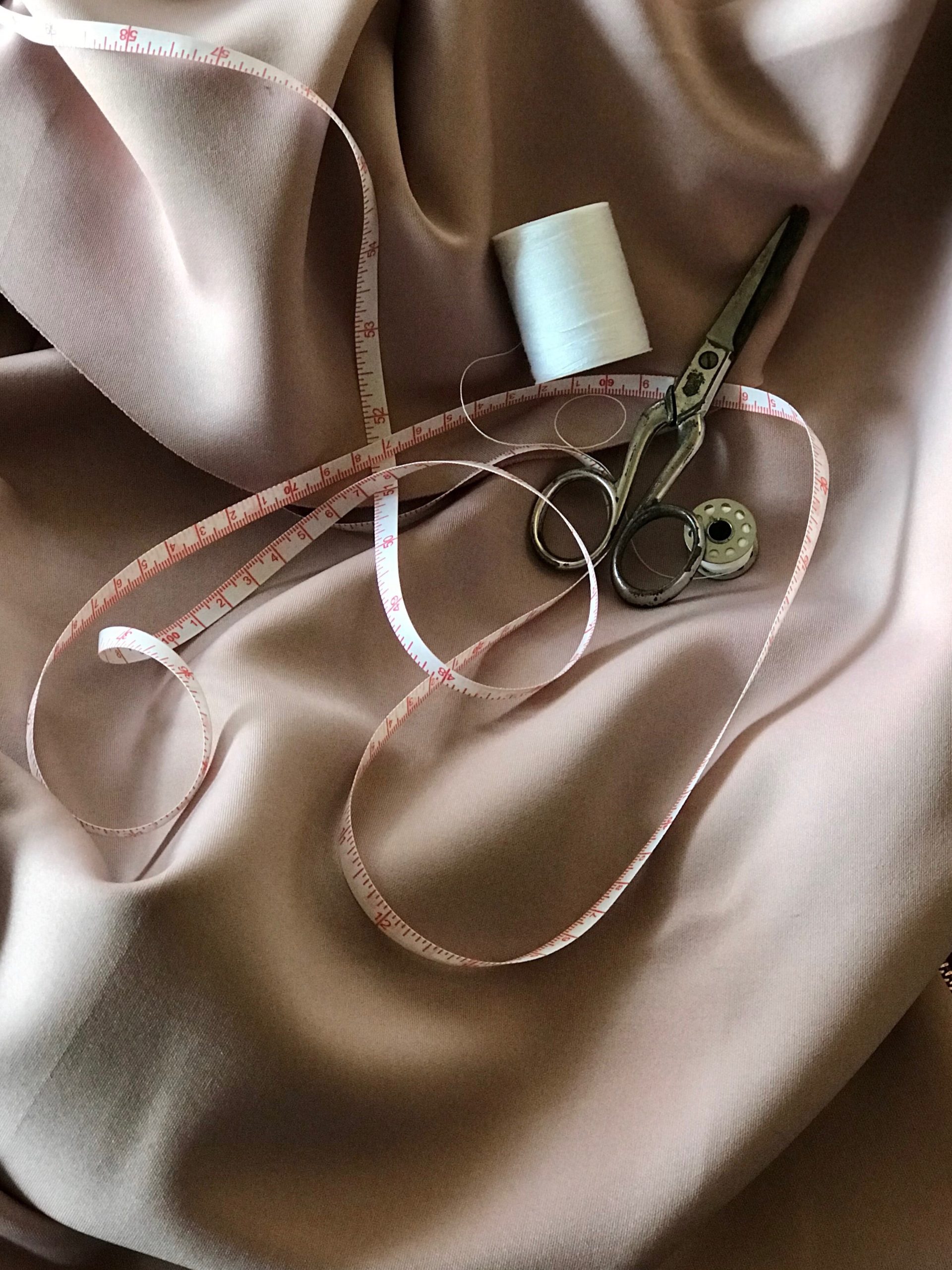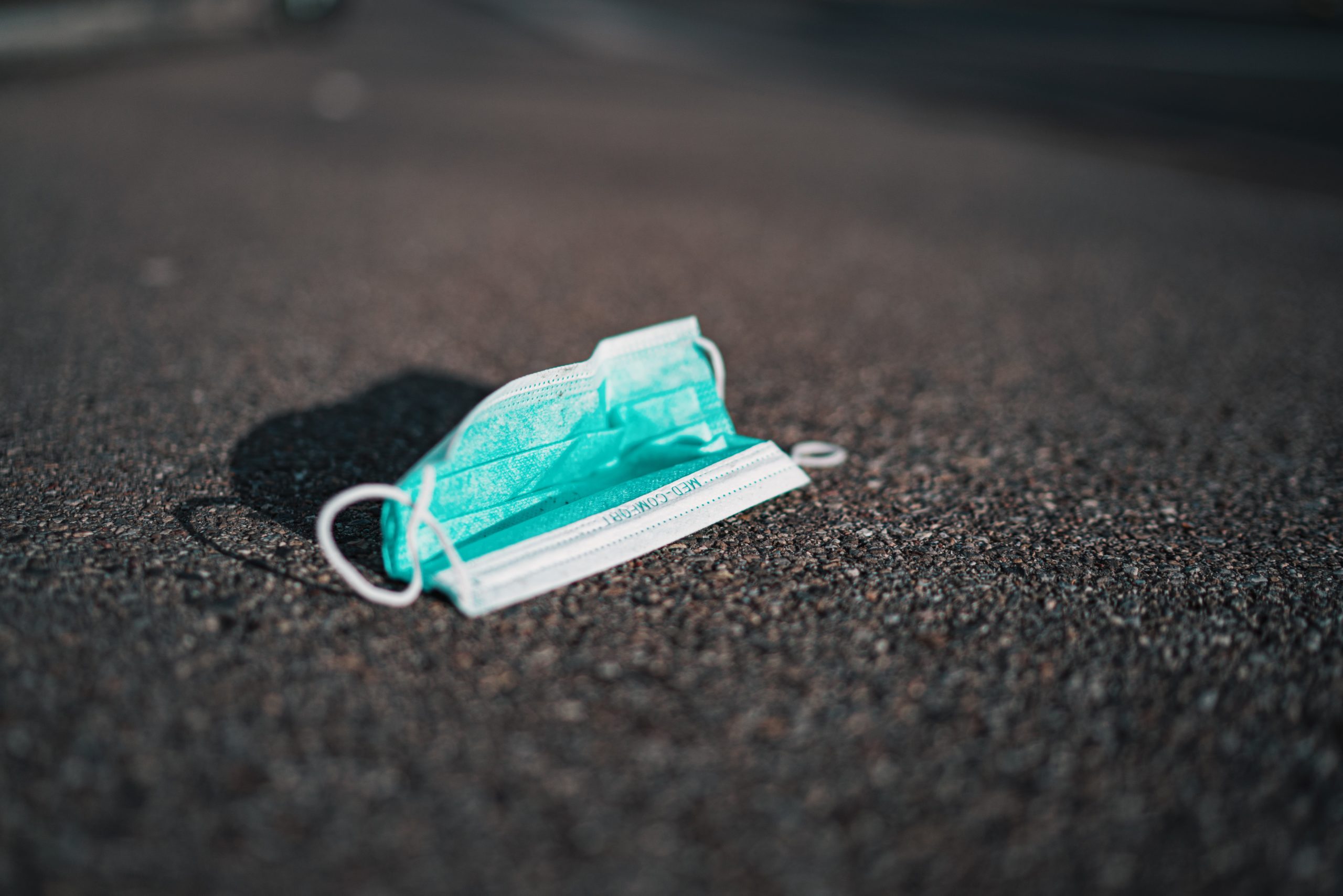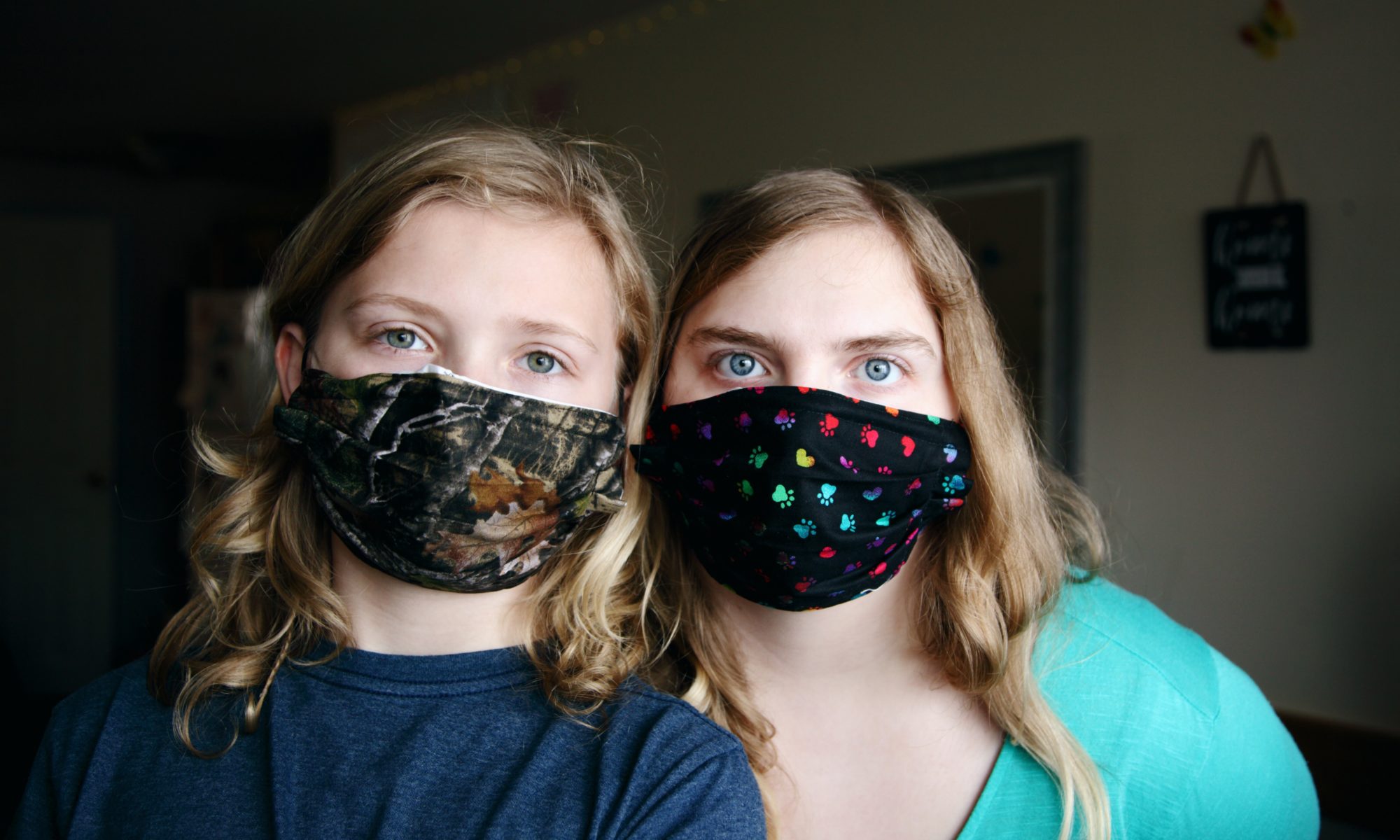As the world tries to contain the COVID-19 pandemic, both the City of Los Angeles and the Centers for Disease Control and Prevention are urging residents to cover their nose and mouth when leaving home. Specifically, the CDC says people should don cloth home-made masks while in such public spaces as grocery stores. So how do you make a mask? What material should you use? How do you wear it properly? And why are masks necessary now, anyway? Here are some answers.
Why are masks being recommended now?

At the outset of the pandemic, officials told the public they didn’t need to wear masks unless they were exhibiting symptoms or caring for someone who did. There were multiple reasons for this. They didn’t want the public stockpiling medical-grade masks needed by health-care professionals, for one. For another, masks are simply not as effective a method of protection as social distancing combined with hand washing. But officials also hadn’t realized people who have the virus but are asymptomatic are just as contagious as those who are visibly ill. By urging everyone to wear a mask, they hope to stop people from unwittingly spreading it. In other words, they want you to wear a mask, not to protect you, but to protect everyone else from you.
What kind of materials do I need?

Medical-grade masks, including surgical and N95 masks, need to be set aside for healthcare professionals already confronting devastating shortages of protective gear. Instead, the CDC recommends “cloth face coverings fashioned from household items or made at home from common materials at low cost can be used as an additional, voluntary public health measure.” Although there are no guidelines for what material you should use, in general, thicker is better, so try to find something that is 100 percent cotton such as old clothing.
Where can I learn how to make my mask?

Not surprisingly, the Internet has exploded with tutorials showing how you can make a DIY mask. On the official Twitter site for the U.S. Surgeon General, Dr. Jerome Adams demonstrates how to construct one by easily folding a piece of cloth such as a scarf or hand towel and tying an elastic band on either side. This method is similar to one shown by an online Japanese arts and crafts educator, in which a no-sew mask is assembled with a handkerchief and hair ties. For a more elaborate design, John Hopkins Medicine offers these instructions, suggesting to avoid using solid white or blue material so it doesn’t look like you are wearing a medical-grade mask. Likewise, Kaiser Permanente has this how-to-guide for people who prefer to sew one together. Kaiser also suggests you wash your fabric several times before cutting it, so it doesn’t later shrink. The tighter the fit, the more effective the mask.
Is there a right way to remove it?

If you’ve gone to the effort of making a mask, wear it correctly – and just as importantly, remove it correctly, by taking the straps off from behind your ears without touching the front of the mask. Remember, it is now contaminated. After each use, it should be either thrown out and replaced or disinfected with soap and water.
Does a mask mean I can stop social distancing or washing my hands?

Absolutely not. In fact, you should not be leaving your home at all, except to make essential trips to the grocery store or pharmacy. And even then, although your face covering may give you a false sense of security, maintain a space of six feet or more between you and others. This physical distancing, in addition to frequent hand washing, is the most effective way to both protect yourself and stop the spread of COVID-19.
